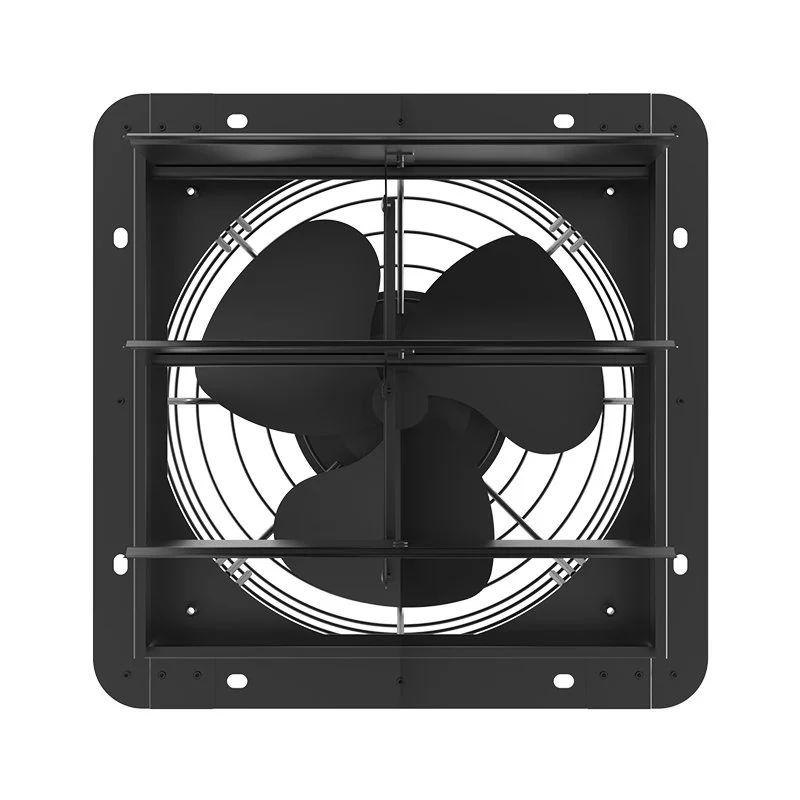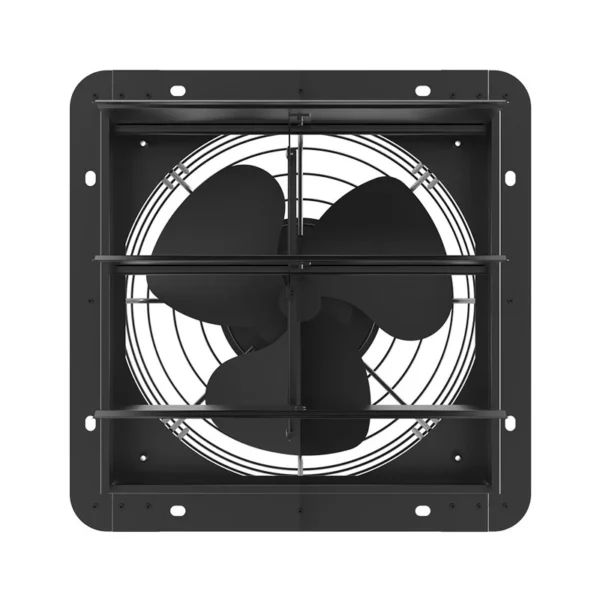
Inline Exhaust Fan Buyer’s Guide: How to Choose the Best One (2025)
What Is an Inline Exhaust Fan?
An inline exhaust fan is a ventilation fan installed within ductwork to efficiently remove stale air, moisture, odors, or heat from indoor spaces. Unlike traditional wall or window fans, inline models are hidden inside ducts, offering quieter operation and better airflow performance—ideal for residential, commercial, and industrial applications.
Top Uses for Inline Exhaust Fans
Bathroom Ventilation – Prevents mold & humidity buildup
Kitchen Exhaust – Removes smoke, grease, and cooking odors
Basement Air Exchange – Reduces dampness & improves air quality
Grow Rooms & Greenhouses – Controls temperature & humidity
Commercial Spaces – Gyms, laundromats, and workshops needing heavy-duty airflow
Key Factors When Buying an Inline Exhaust Fan
1. Airflow (CFM – Cubic Feet per Minute)
CFM measures ventilation power. Calculate your needs:
(Room Length × Width × Height) × Air Changes per Hour (8-15) ÷ 60 = Required CFM
2. Noise Level (Sones or dB)
Quiet (0.3–1.0 Sones) – Best for homes & bedrooms
Loud (2.0+ Sones) – High-CFM industrial models
3. Duct Size Compatibility
Common sizes: 4-inch, 6-inch, 8-inch (match existing ducts).
4. Motor Type
AC Motor – Affordable & durable
EC/DC Motor – Energy-efficient, variable speed
5. Extra Features
Humidity Sensor – Auto on/off
Speed Control – Adjustable airflow
Thermal Protection – Prevents overheating
Best Inline Exhaust Fans of 2025
Panasonic FV-10VS1 – Ultra-quiet (0.3 Sones), 100 CFM, perfect for bathrooms
AC Infinity CLOUDLINE T6 – Smart thermostat control, ideal for grow tents
Broan-NuTone 353 – Heavy-duty, commercial-grade reliability
Installation & Maintenance Tips



Inline Exhaust Fan FAQ
Q: How is an inline exhaust fan different from a regular exhaust fan?
A: Inline fans are mounted inside ducts, making them quieter and more efficient for long-distance ventilation.
Q: How can I reduce inline fan noise?
A: Choose low-sone models, add duct silencers, or use flexible ducts to minimize vibration.
Q: Can I install an inline exhaust fan myself?
A: DIY-friendly if you have electrical/ductwork experience; otherwise, hire an HVAC professional.
Final Thoughts
A high-quality inline exhaust fan ensures better air circulation, moisture control, and comfort. Match CFM, noise level, and features to your needs for optimal performance.
Upgrade your ventilation system today for cleaner, fresher air!

